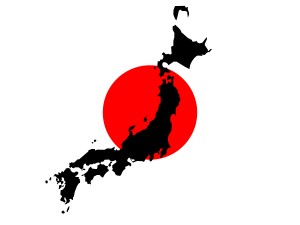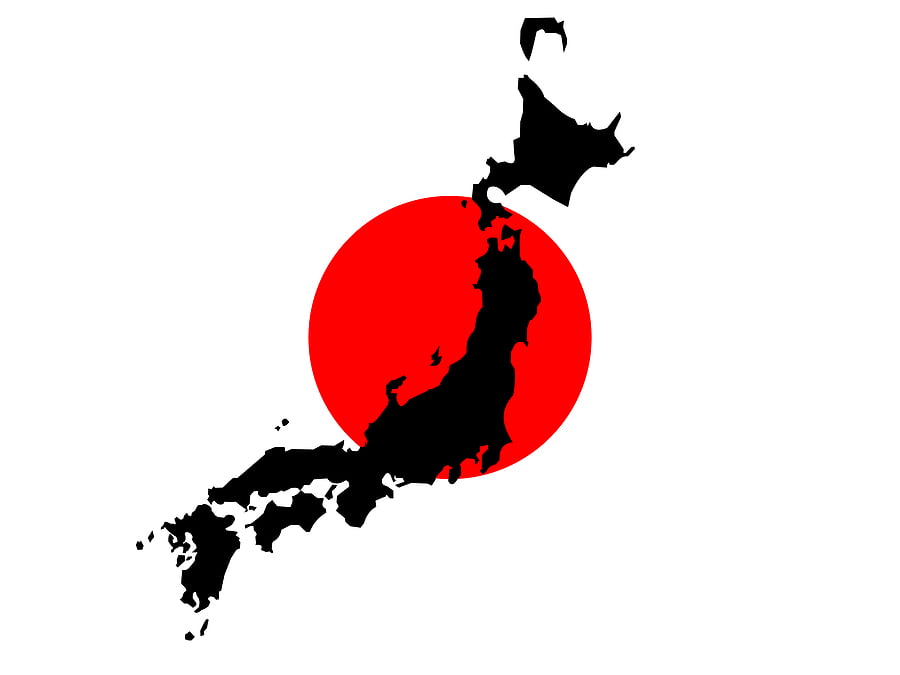2012-09-13 By Richard Weitz
Japan’s support for Operation Enduring Freedom and Operation Iraqi Freedom stimulated further efforts to restructure both the legal and organizational dimensions of the country’s national security policies.
This was driven by the clear need to enhance Tokyo’s ability to respond to internal and external security threats in an increasingly dangerous and challenging world.
Japan is a clear case of where “soft power” by itself has clear limits; and there is a compelling need to combine this with hard power. Japan has pursued both in a multi-national context.
For example, Prime Minister Koizumi’s response to the 9/11 terrorist assaults in the United States included instituting some long-sought emergency powers for the executive branch’s use during an attack on Japanese territory and other national emergencies.
Furthermore, in November 2002, the Foreign Affairs Task Force for the Prime Minister released a “Basic Strategies” document, which proclaimed, “Japan must formulate clear strategies as a state, which have been lacking so far. The basis of all strategy is national interest. Without a debate on the national interest it is impossible to set a course for the nation.”

Indeed, clarifying the “national interest” had been considered politically incorrect in the decades following the Second World War, as it was commonly associated with the aggressive nationalism and militarism of the 1930s.
The Basic Strategies document argues for an “enlightened national interest” that can co-exist in the long-term with the national interests of other countries.
The report also identifies four basic Japanese interests:
- Maintaining peace and security;
- Support for free trade;
- Protection of freedom, democracy, and human rights; and
- Promotion of people-to-people exchanges and the development of human resources through academic, cultural, and education exchanges.
In its assessment of the international environment, the task force emphasized three major trends:
- the globalization of economy and society,
- the revolution in military affairs,
- and China’s rapid economic expansion.
All of which pose both opportunities and challenges to Tokyo.
Japan’s defense policy is governed primarily by the National Defense Program Guidelines (NDPG). This periodically updated white paper defines the missions and priorities of the Self-Defense Forces (SDF), the capabilities the SDF should possess, and offers guidelines on the means to acquire and maintain them, including five-year Mid-Term Defense Programs and the annual budgets as well as specific organizational and equipment changes.
The first NDPG was issued in 1976; revised versions appeared in 1995, 2004, and most recently in 2010. The original NDPG stated that Japan should have a Basic Defense Force (BDF) with a static deterrence posture and limited capabilities that required U.S. assistance for all but minimal defense missions. The 1995 NDPG retained this essential basic self-defense orientation while elaborating on the national security processes.
The 2004 revisions reflect recommendations offered the previous year by two influential reports—one by the then governing Liberal Democratic Party’s Defense Policy Studies Sub-Committee and the other by the Council on Security and Defense Capabilities—that advised a fundamental overhaul of Japan’s defense policies.
The NDPG accordingly addressed such issues as the new security environment identifying North Korea and China as specific security concerns, counterterrorism, and more active roles for Japan in international peacekeeping operations. They also affirmed Tokyo’s growing role as a responsible global stakeholder, seen in Japanese participation in UN peacekeeping operations as well as the SDF’s deployments to Afghanistan and Iraq.
The guidelines also emphasized the SDF’s need to deal effectively with ballistic missile and terrorist threats as well as respond rapidly to invasions of Japanese islands and intrusions into its airspace and territorial waters.
The 2004 NDPG, adopted in fiscal year 2005, also called for enhancing the SDF’s capacity to forestall possible disasters involving nuclear, biological, chemical, and radiological materials.
To support such missions as managing new threats and taking proactive measures to improve the international security environment, the SDF were directed to acquire power-projection capabilities such as mid-air refueling planes, long-range air transport, amphibious shipping, and precision-guided missions.
To oversee implementation of its recommendations, the NDPG advocated creating a centralized command structure for the SDF. It also stressed the need to strengthen the U.S.-Japan alliance as the essential foundation of Japan’s security.
In March 2006, based on the injunction contained in the FY05 NDPG, the Japanese government introduced a new joint operational system seeking to overcome traditional impediments to greater cooperation among the various service branches of the SDF.
In January 2007, the Abe government upgraded Japan’s Defense Agency to a Ministry of Defense for the first time since World War II. The move broke with the postwar tradition of relegating the status of defense bodies to that below Japan’s civilian bodies in order to minimize their status and prominence. Japan has also created a new joint staff office that puts all military services—the Ground SDF, Maritime SDF, and Air SDF—under a single command.
One area these changes left untouched is the structurally unique nature of the SDF, which exists as an organization entirely within civilian government. Uniformed members are classified as a type of “special civil servant” and all military personnel are subordinate to the civil servants at the Ministry of Defense.
In any case, the practical impact of these changes remains unclear. Some experts anticipate that the unification process will see a shift in funding away from the ground forces towards Japan’s naval and air forces. The new Minister of Defense also has the authority to submit legislation and budgets directly to the Diet, rather than having to go through the Cabinet Office.
For these reasons, the new ministry might have greater influence on Japanese national security policy than the agency. But the frequent turnover in its leadership (Japan had four different defense ministers in 2008) has left its influence and role unresolved.
The most recent NDPG revision in 2010 continues this trend by establishing the goal of dynamic deterrence, with more flexible capabilities to respond to rapidly emerging threats that are not deterred.
As specified in the Mid-Term Defense Program, specific programmatic changes include:
- Increasing the mobility of the Ground Self-Defense Force by substitute light for heavy forces as well as stationing more GSDF units in the southwest;
- Expanding the submarine and destroyer fleets;
- Realigning the Air Self-Defense Force; and
- Enhancing new capacities such as cyber and missile defenses as well as bolstering disaster and humanitarian assistance capabilities.
The transition from the previous Basic Defense Force to the Dynamic Deterrent Force also involves five new initiatives:
- cross-service resource allocation;
- joint operations;
- human resource infrastructure,
- comprehensive procurement reform,
- and medical functions.
For an analysis of the latest Japanese White Paper see the following:
https://www.sldinfo.com/dynamic-defense-and-the-japanese-defense-white-paper-2012/


